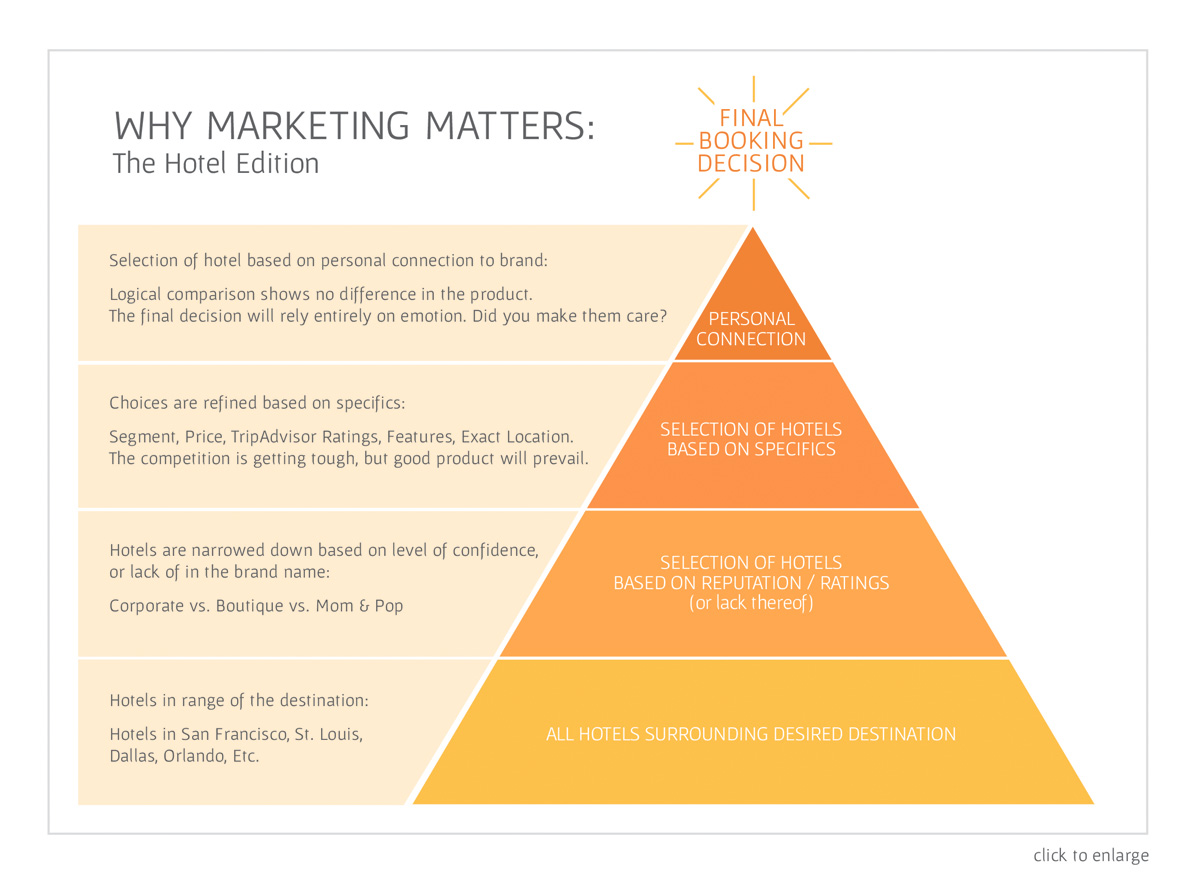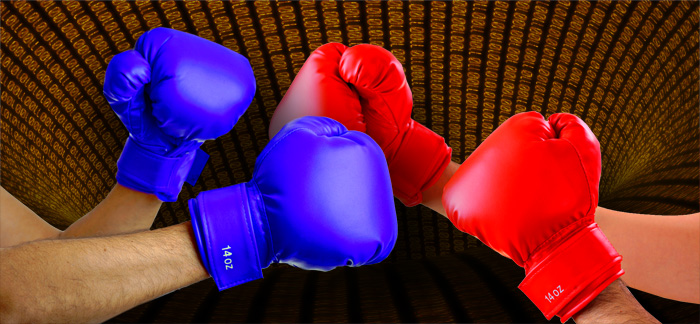Everyone wants “custom” photography for their brand. They often want something no one will see anywhere else. And for good reason… it’s an ownable feature of your brand. Hugo Boss has always had a recognizable photo style, Grey Goose and Chase Bank both utilize photos that employ monotone colors with color highlights and are very memorable, and lately McDonalds has been doing ads and billboards that don’t even including their logo… that’s trusting your photo style to be representative of your brand itself.
To take a step backward, it’s important to remember, in branding you only have a few key visuals you can use to set yourself apart: Your logo, your color palette, patterns, design elements (i.e. hand drawn style, web 2.0 iconic style, etc.) and photography. With these few elements your goal is to create something, or a combination of somethings, that will be so unique it will leave a lasting memory in the minds of your consumers.
So with that being said, why go through all of that trouble to create all these unique brand visuals, only to showcase a generic lifestyle image from a stock library that could very well end up being used by competitors in your exact same industry? (In all seriousness, we’ve seen it happen, many times.)
Conventional wisdom says that to avoid this a brand should do a custom photo shoot. My photos, my brand… end of story. This is… and I say this with no hesitation… is ALWAYS the best option when the budget allows for it.
But how can a brand without the budget to do a custom shoot, achieve a similar result and avoid the trap of cliché, overused stock photos and the people that inhabit them. Here are a few tips on how a brand can create “ownable” imagery using stock photos:
Tip #1 – Color:
This is probably the most simple, change the color of the image. Define a color style that you can retrofit every image to (e.g. B&W, sepia tone, monotone with an orange focal point color, Instagram style, etc.). Over the course of many photos, the consistency will become evident.
Tip #2 – Illustration:
We’ve already mentioned illustration. If your brand has any sort of iconography or illustrative element that blends with the brand’s presence, utilize it on top of, or in conjunction with the stock image and do it consistently. Yes that stock photo may still be seen again in another ad, but not with all the same “feeling” as yours.
Tip #3 – Multiple Image Composition:
Never look for one stock image… always look for 2 or more.. Want a photo of a male in his late 20’s in Paris? Don’t search for that. Instead, search “Male”, “late 20’s” and “Paris” and then compose the results together.
Tip #4 – Advanced Photoshop:
While I just mentioned looking for multiple stock images to composite, it can be taken a step further with a good Photoshop artist. Change EVERYTHING. Change the jewelry, the shirts, the earrings, the shoes, the buildings in the background and even the sky. Composite a brand new piece of artwork.
Tip #5 – Cropping Style:
This is a bit abstract, but image a photostyle that lends itself to tight cropping. You’d be amazed at how different an image can become when cropped in a way that most people wouldn’t. Combine an odd or very tight cropping with a color style, and a photo can become almost unrecognizable from its original.
Tip #6 – The Half-Day Photo Shoot:
Maybe you did all this but you still need a “little” bit more customization. Consider doing a limited scope a photo shoot. A full, multi-day photo shoot with copious scouting, permitting, scheduling, model acquisition, photographer, make-up, wardrobe, assistants, lighting, catering and so on can be expensive! Why not skip half of those details and just book your models, photographer, makeup and wardrobe, shoot on a white background in positions you know you’ll need, then composite the rest? It’s not always an option, but it will ensure the focal point of your lifestyle image is as unique as you’d like.
The point behind any of these methods is to ensure that your brand appears to be as unique as the product or service that it is offering. So, just make sure that whatever you do, you take extra care and precaution with your images to make sure they are unique to your brand. And a final tip; you know you will have succeeded if you can take your logo off of your ad and people can still identify which ad/collateral piece is yours by just looking at the main photo.
Happy photo shooting, or Photoshopping, as the case may be!









